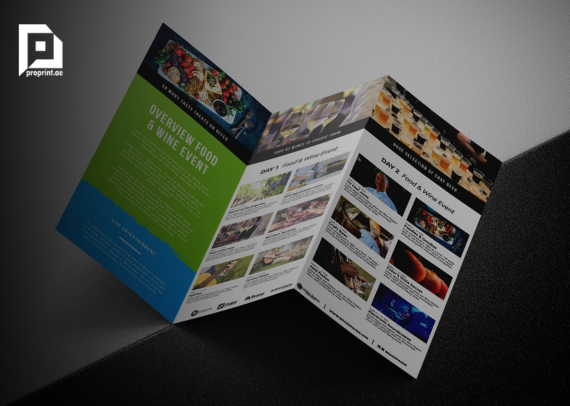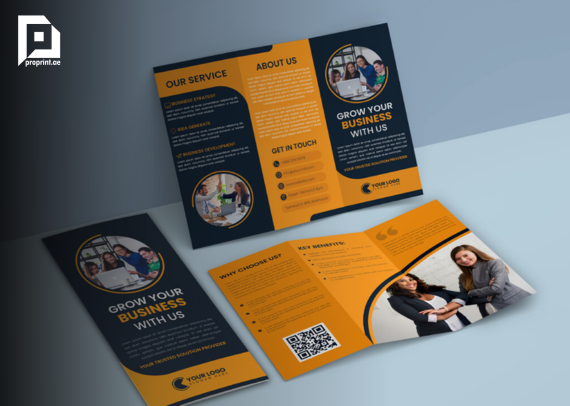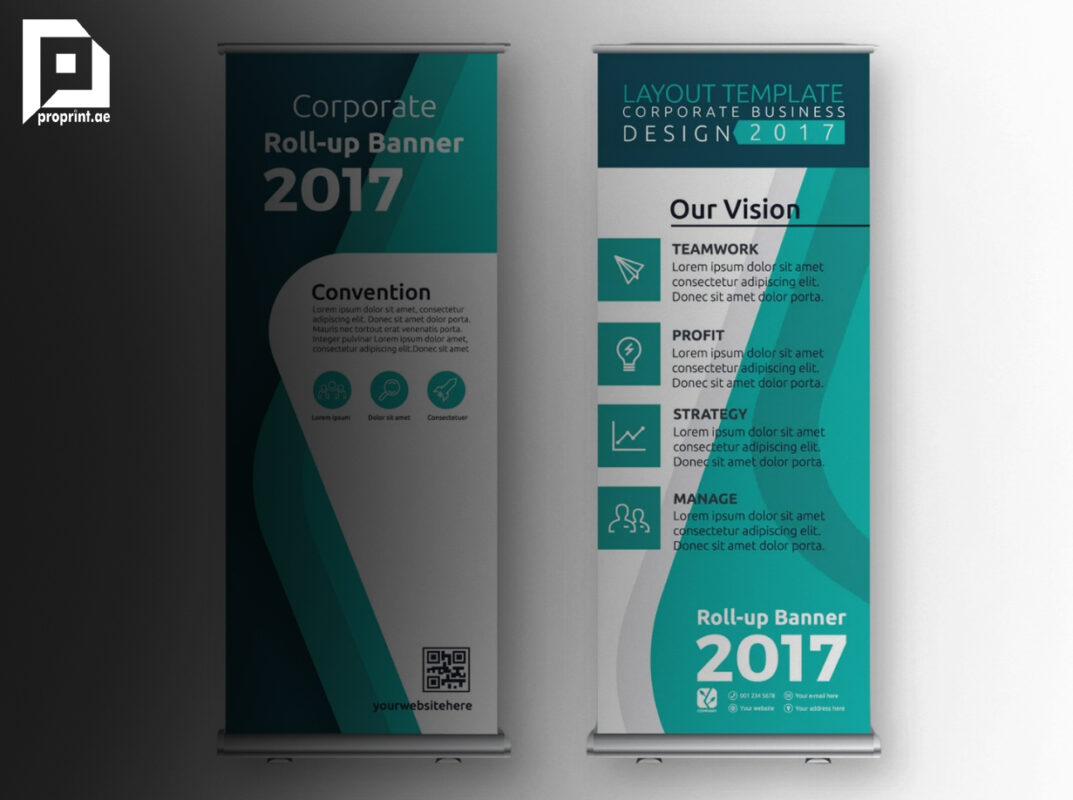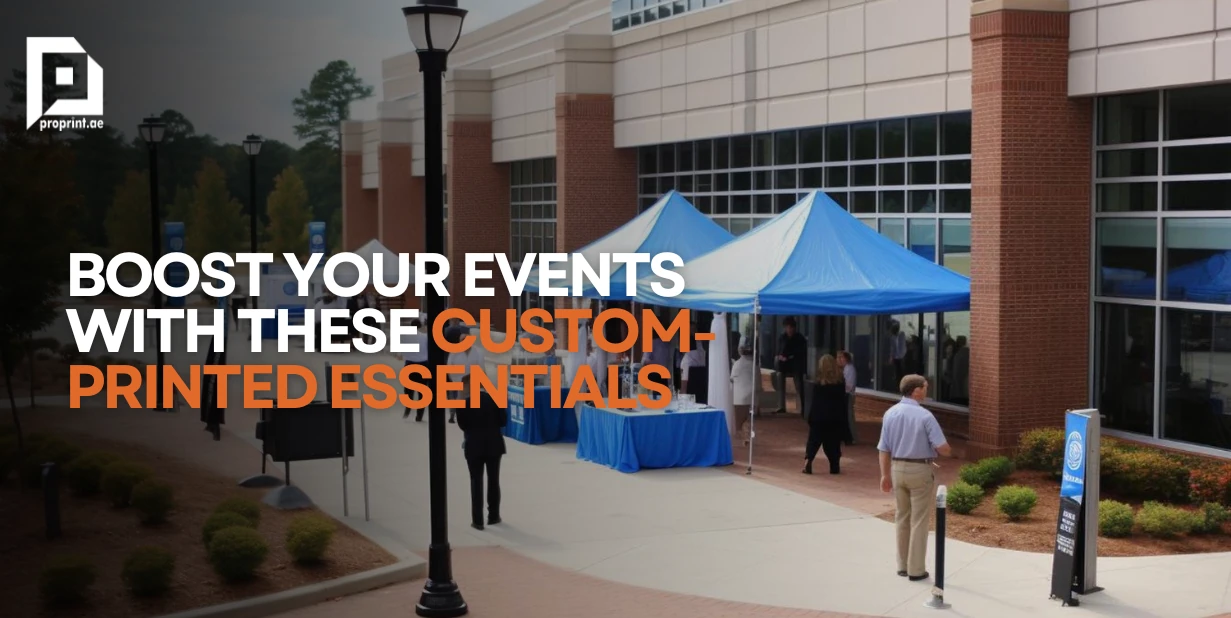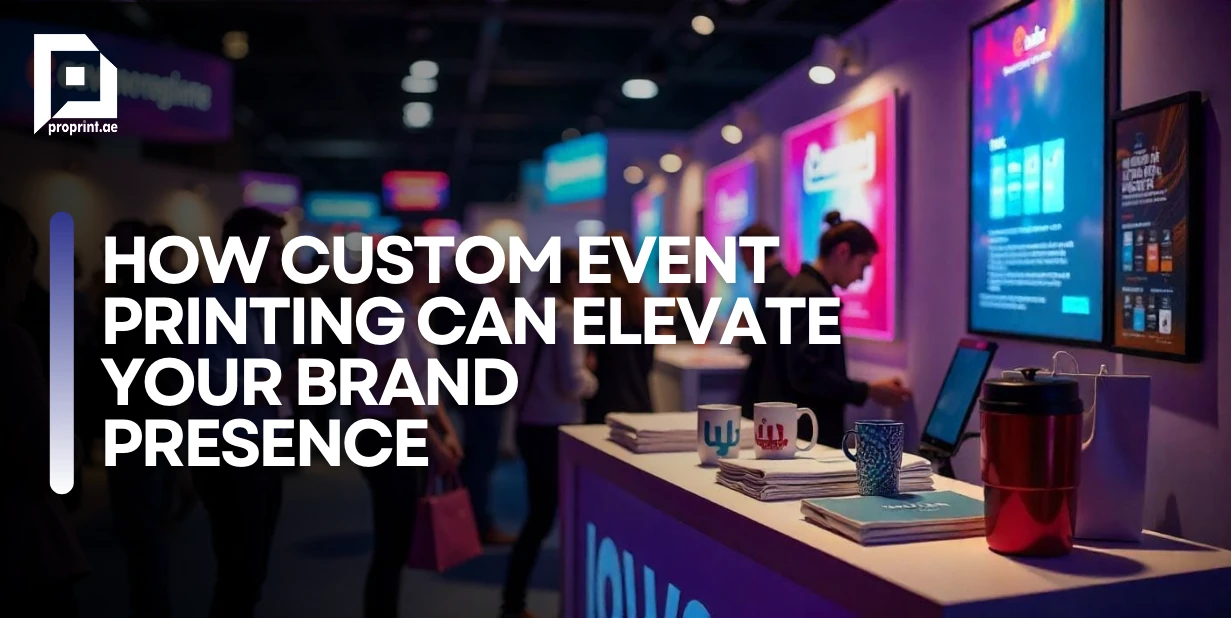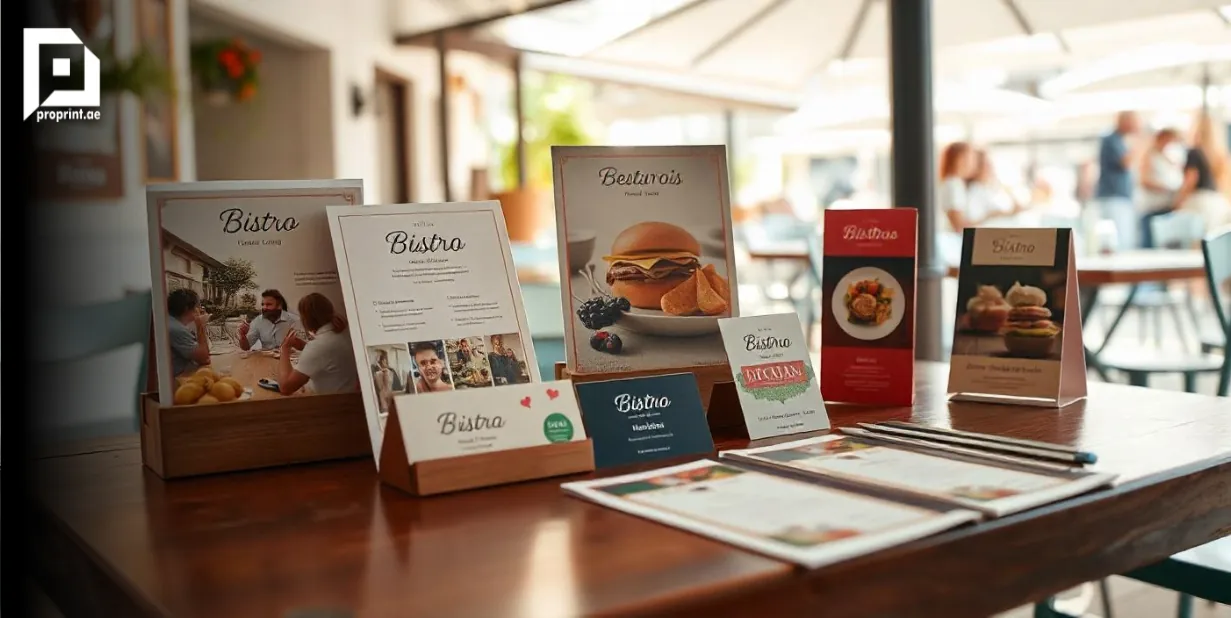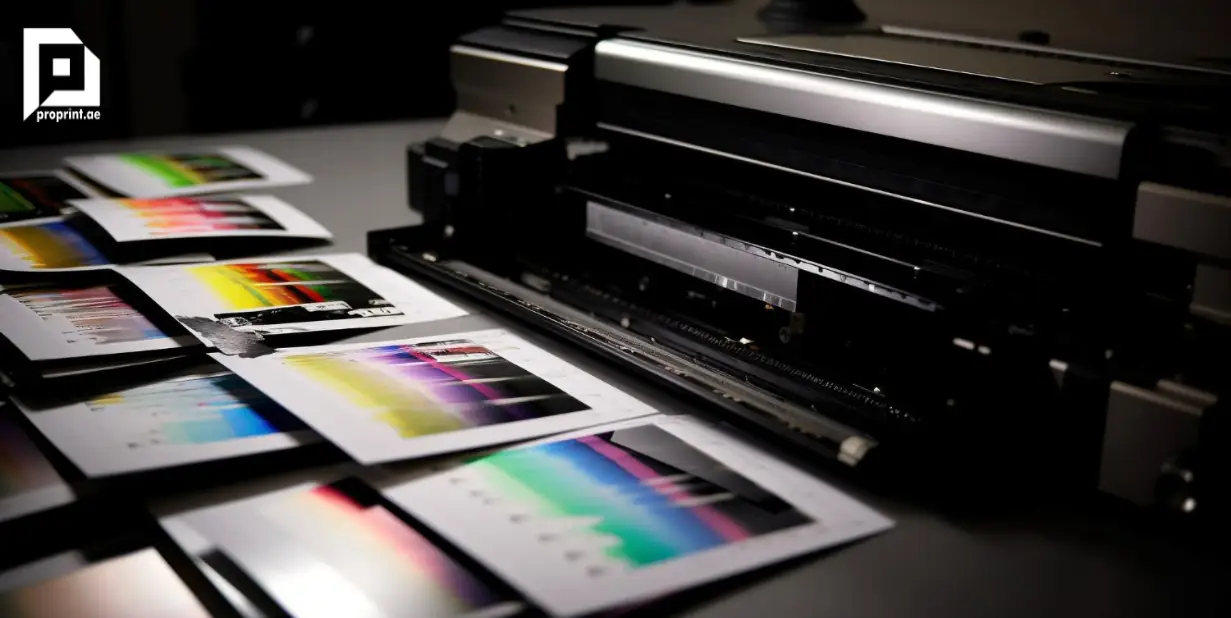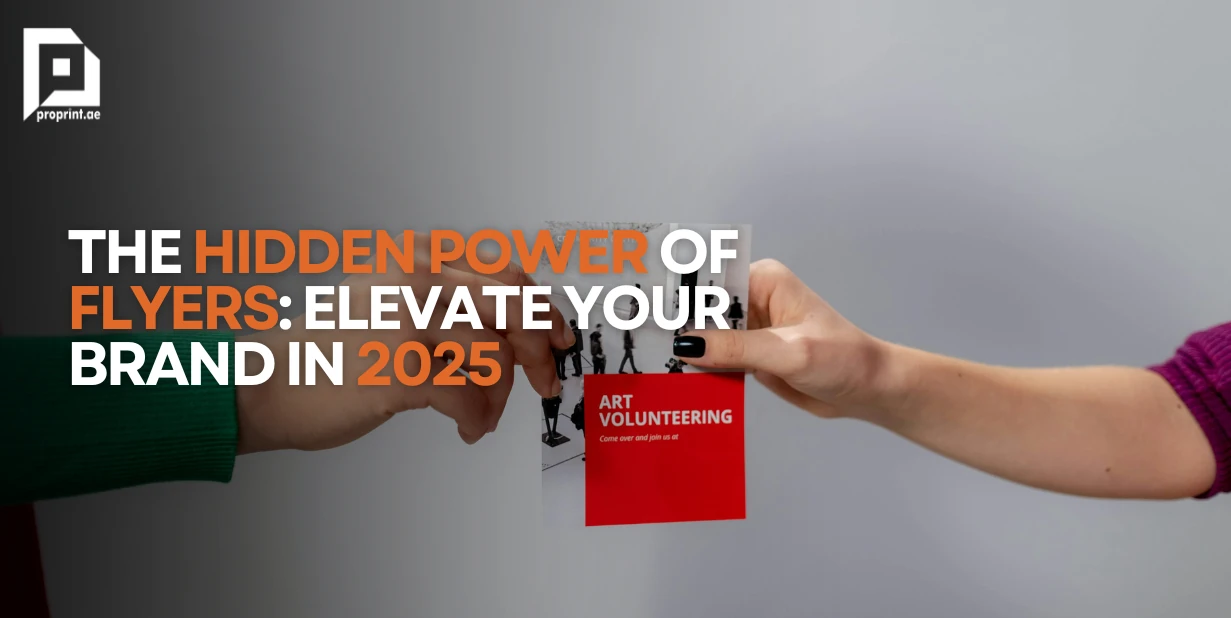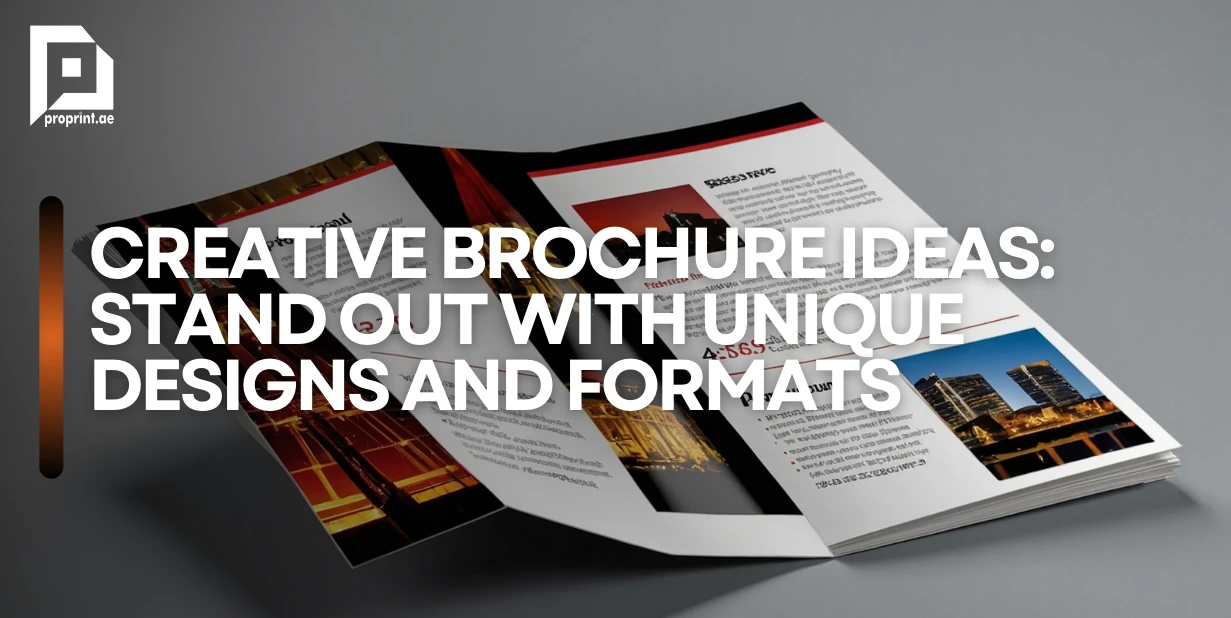The Psychology Behind Effective Brochures and Flyers: What Really Works?
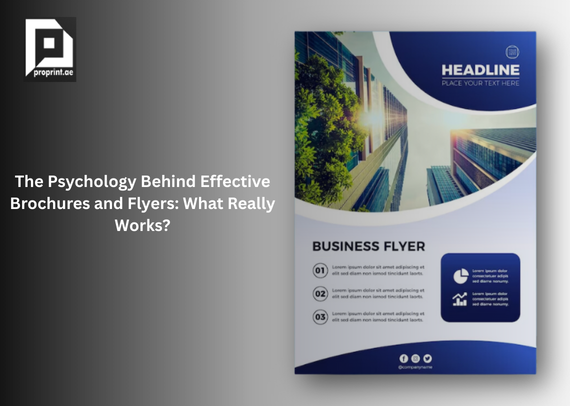
While the digital age has transformed marketing, Brochures and Flyers remain timeless tools for influencing decisions. But not all printed materials work equally well. The difference between a brochure that gets tossed aside and one that prompts action often comes down to psychology understanding how people think, feel, and behave.
In this post, we’ll explore the psychological principles that make brochures and flyers truly effective and how you can use them to create marketing materials that persuade and convert in 2025.
1. First Impressions Matter The Power of Visual Impact
Humans are wired to make snap judgments. Research shows we form impressions in as little as 50 milliseconds. That means the visual appeal of your brochure or flyer can determine whether someone picks it up or ignores it.
Psychological tip:
- Use color psychology strategically. For example, blue conveys trust, red creates urgency, and green signals health or eco-friendliness.
- Keep design clean and uncluttered — too much text overwhelms the brain.
- Incorporate high-quality imagery that evokes positive emotions.
In essence, your design acts as the handshake between your brand and the reader.
2. The Role of Emotional Triggers
People don’t just process information — they feel it. The most effective brochures tap into emotions that motivate action.
Key emotional triggers to consider:
- Happiness and excitement: Showcase benefits in a way that sparks joy.
- Fear of missing out (FOMO): Limited-time offers or exclusivity can drive quicker responses.
- Trust and credibility: Use testimonials, certifications, and recognizable brand elements.
A travel agency, for example, might use images of smiling families on vacation to trigger aspiration, while a fitness brand could highlight before-and-after success stories to evoke motivation.
3. Cognitive Ease — Make It Effortless to Understand
The human brain loves simplicity. If your flyer requires too much effort to read or process, people will disengage.
Best practices:
- Use short, punchy headlines.
- Break content into bite-sized sections.
- Include bullet points for easy scanning.
- Ensure fonts are large enough for quick readability.
Psychologists call this “cognitive fluency” — the easier something is to digest, the more positively it’s perceived.
4. The Rule of Three
The brain remembers information better when it’s grouped in threes. This principle, known as the Rule of Three, is widely used in marketing because it aligns with our natural memory patterns.
For example:
- Three key benefits of your service.
- Three simple steps to get started.
- Three compelling reasons to choose you.
By structuring your brochure’s message in threes, you help readers remember your content long after they’ve put it down.
5. The Reciprocity Effect
When you give something of value, people feel inclined to give back — this is called reciprocity. In brochures, this could mean offering:
- A free consultation.
- A discount code.
- An exclusive resource.
This perceived “gift” triggers a subtle obligation in the reader to respond positively, whether that means visiting your store, making a purchase, or contacting you for more information.
6. Anchoring and Contrast
The anchoring effect happens when the first piece of information we see influences how we interpret everything else. If your brochure leads with a high-value service, subsequent offers seem more affordable in comparison.
Similarly, contrast works when you present two options side-by-side — the less expensive or more practical one suddenly feels like a better deal.
Example:
A premium wedding photography package priced at $3,000 followed by a “special” $1,500 package makes the latter feel like a bargain.
7. Storytelling — Engaging the Imagination
Facts tell, but stories sell. Humans are natural storytellers and listeners, and narratives activate more areas of the brain than raw data.
Your Brochures and Flyers should:
- Present relatable customer success stories.
- Use real-life scenarios that connect with your audience’s desires or challenges.
- Include a journey from “problem” to “solution” to make the offer memorable.
When readers see themselves in your story, they are more likely to take action.
8. Call-to-Action Psychology
Even the most beautifully designed brochure fails if it doesn’t tell the reader what to do next. A Call-to-Action (CTA) must be specific, urgent, and benefit-focused.
Instead of vague phrases like “Contact us today”, try:
- “Book your free consultation now — spots fill fast!”
- “Claim your 20% discount before Friday.”
- “Visit our showroom and get a free gift.”
The clearer the action and the benefit, the higher the conversion rate.
9. Consistency and Brand Trust
Psychologists know that familiarity breeds trust. When your brochures match the tone, style, and message of your other marketing channels, you create brand consistency that reassures customers.
This is why working with a professional printing partner like proprint.ae matters — they ensure your materials are not only visually stunning but also aligned with your overall brand identity.
10. The Zeigarnik Effect Leave Them Wanting More
The Zeigarnik Effect is the tendency for people to remember incomplete or interrupted tasks better than completed ones. In marketing, you can use this by hinting at something exciting without revealing all the details.
Example:
- “Discover the 5 hidden benefits of our service — visit our website to find out more.”
- “One simple change can double your results. Learn how inside.”
This creates curiosity, prompting the reader to take the next step.
Final Thoughts
Effective brochures aren’t just about good design — they’re about understanding human behavior. By applying principles like emotional triggers, cognitive ease, the Rule of Three, and the Zeigarnik Effect, you create marketing materials that don’t just get noticed, but also inspire action.
In 2025, combining these psychological insights with quality printing, strategic distribution, and brand consistency will ensure your brochures and flyers remain powerful tools in your marketing arsenal.

